
# 1129 - 1959 8¢ World Peace through World Trade
On January 13, 1865, Union forces launched the Second Battle of Fort Fisher. The fort, dubbed the “Gibraltar of the Confederacy,” was the largest in the South and key to Confederate international trade. Construction on the fort began in the spring of 1861. The fort became the largest in Confederate territory and guarded Wilmington, North Carolina. Located about 30 miles up the Cape Fear River from Fort Fisher, Wilmington was an important port for supplies. British ships smuggled cotton and tobacco out of the city and traded the goods for ammunition, clothing, and food desperately need by the Confederate Army and southern citizens. Because of the powerful guns of Fort Fisher, Union ships could not get close enough to shore to stop the blockade runners. The fort was constructed mostly of soil, which absorbed heavy artillery fire better than brick or wooden structures. Two lines, the “land face” positioned east to west and the “sea face” going north to south, joined together at the Northeast Bastion. Mounds were built at intervals for the large guns and were connected by underground tunnels. Fort Fisher was also surrounded by land mines, ditches, and other obstacles. When the first Union attack came in December 1864, there were about 1,400 men stationed inside the fort with additional units to the north. The garrison was well prepared to defend the vital port. Union Major General Benjamin Butler was assigned by Lieutenant General Ulysses S. Grant to capture the fort in an amphibious assault. Rear Admiral David Porter and his North Atlantic Blockading Squadron also took part in the mission. Butler planned to begin the attack by weakening the walls of the fort facing the sea. The obsolete steamer USS Louisiana was filled with explosives and gunpowder. It would be towed to the fort, ran aground, then the fuses lit. Butler hoped the explosion would destroy the walls. Union forces prepared to begin the attack on December 10, but were delayed because of winter storms. Finally in the early morning hours of the 23rd, Admiral Porter ordered the Louisiana to be towed near the fort. When its explosives were touched off, the ship was too far from shore to cause any damage. The Navy began bombarding the fort in the morning of Christmas Eve. In spite of firing almost 10,000 shells, little damage was done to the fort. Later that evening the troop transports arrived. The infantry landed north of the fort the next day under naval artillery cover. Butler surveyed the fort and realized the intense bombing had done little damage. Believing an infantry assault would cause significant Union casualties, he abandoned the attack and called for a retreat. Butler claimed the fort could not be overtaken. Fort Fisher remained under Confederate control, and blockade runners continued to supply the South through the port at Wilmington. Butler had disobeyed Grant’s orders to besiege the fort and was relieved of command. Grant replaced him with Major General Alfred Terry and increased the size of the attacking force to 9,000 men. Porter was still in command of the naval fleet. The force arrived at Fort Fisher on January 13, 1865, and the bombardment began soon after. This time, the navy had more powerful and accurate guns. which caused significant damage to the fort. At the same time, Terry landed his troops north of the fort, and a division of US Colored Troops was positioned to prevent Confederate reinforcements. The rest moved down the peninsula to attack the land walls. Porter also landed 2,000 sailors and marines to attack the sea wall. After two days of steady bombardment, the navy silenced its guns as the land forces began their assault. The sailors and marines suffered heavy casualties, but the army to the north was successful in breaching the walls. The Confederate commanders, Colonel William Lamb and Major General William Whiting, were both wounded in fierce hand-to-hand combat within the fort. Neither was willing to surrender at the time, and fighting continued until 10:00 p.m. Realizing there was no hope of winning, Whiting finally turned the garrison over to Terry.Second Battle of Fort Fisher
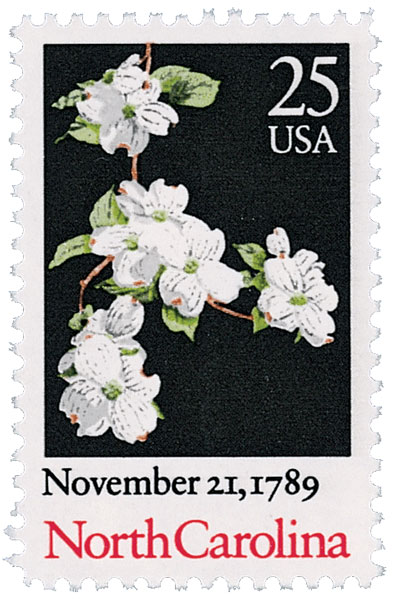
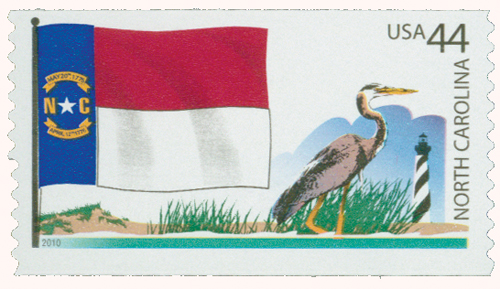
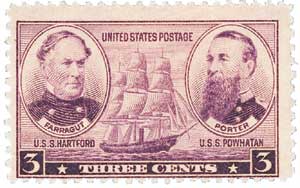
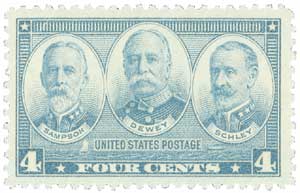
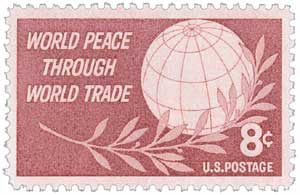
On January 13, 1865, Union forces launched the Second Battle of Fort Fisher. The fort, dubbed the “Gibraltar of the Confederacy,” was the largest in the South and key to Confederate international trade. Construction on the fort began in the spring of 1861. The fort became the largest in Confederate territory and guarded Wilmington, North Carolina. Located about 30 miles up the Cape Fear River from Fort Fisher, Wilmington was an important port for supplies. British ships smuggled cotton and tobacco out of the city and traded the goods for ammunition, clothing, and food desperately need by the Confederate Army and southern citizens. Because of the powerful guns of Fort Fisher, Union ships could not get close enough to shore to stop the blockade runners. The fort was constructed mostly of soil, which absorbed heavy artillery fire better than brick or wooden structures. Two lines, the “land face” positioned east to west and the “sea face” going north to south, joined together at the Northeast Bastion. Mounds were built at intervals for the large guns and were connected by underground tunnels. Fort Fisher was also surrounded by land mines, ditches, and other obstacles. When the first Union attack came in December 1864, there were about 1,400 men stationed inside the fort with additional units to the north. The garrison was well prepared to defend the vital port. Union Major General Benjamin Butler was assigned by Lieutenant General Ulysses S. Grant to capture the fort in an amphibious assault. Rear Admiral David Porter and his North Atlantic Blockading Squadron also took part in the mission. Butler planned to begin the attack by weakening the walls of the fort facing the sea. The obsolete steamer USS Louisiana was filled with explosives and gunpowder. It would be towed to the fort, ran aground, then the fuses lit. Butler hoped the explosion would destroy the walls. Union forces prepared to begin the attack on December 10, but were delayed because of winter storms. Finally in the early morning hours of the 23rd, Admiral Porter ordered the Louisiana to be towed near the fort. When its explosives were touched off, the ship was too far from shore to cause any damage. The Navy began bombarding the fort in the morning of Christmas Eve. In spite of firing almost 10,000 shells, little damage was done to the fort. Later that evening the troop transports arrived. The infantry landed north of the fort the next day under naval artillery cover. Butler surveyed the fort and realized the intense bombing had done little damage. Believing an infantry assault would cause significant Union casualties, he abandoned the attack and called for a retreat. Butler claimed the fort could not be overtaken. Fort Fisher remained under Confederate control, and blockade runners continued to supply the South through the port at Wilmington. Butler had disobeyed Grant’s orders to besiege the fort and was relieved of command. Grant replaced him with Major General Alfred Terry and increased the size of the attacking force to 9,000 men. Porter was still in command of the naval fleet. The force arrived at Fort Fisher on January 13, 1865, and the bombardment began soon after. This time, the navy had more powerful and accurate guns. which caused significant damage to the fort. At the same time, Terry landed his troops north of the fort, and a division of US Colored Troops was positioned to prevent Confederate reinforcements. The rest moved down the peninsula to attack the land walls. Porter also landed 2,000 sailors and marines to attack the sea wall. After two days of steady bombardment, the navy silenced its guns as the land forces began their assault. The sailors and marines suffered heavy casualties, but the army to the north was successful in breaching the walls. The Confederate commanders, Colonel William Lamb and Major General William Whiting, were both wounded in fierce hand-to-hand combat within the fort. Neither was willing to surrender at the time, and fighting continued until 10:00 p.m. Realizing there was no hope of winning, Whiting finally turned the garrison over to Terry.Second Battle of Fort Fisher















